
Given how much of it is exposed for everyone to see, skin conditions can easily become a source of embarrassment or even depression for anyone. This is especially true for diseases that require prolonged treatment where afflicted people have to endure not only physical but also mental and emotional suffering during that period. Those with chronic conditions such as psoriasis might feel forced to cover up those blemishes, which might not be good for treatment. Those treatment options often revolve around the technical aspects of the medicine or the physiological condition of the patient, disregarding psychological effects. This wearable medical patch, in contrast, offers a solution that isn’t just innovative but, more importantly, human-centric as well.
Designer: 3M x Feathm Design Studio
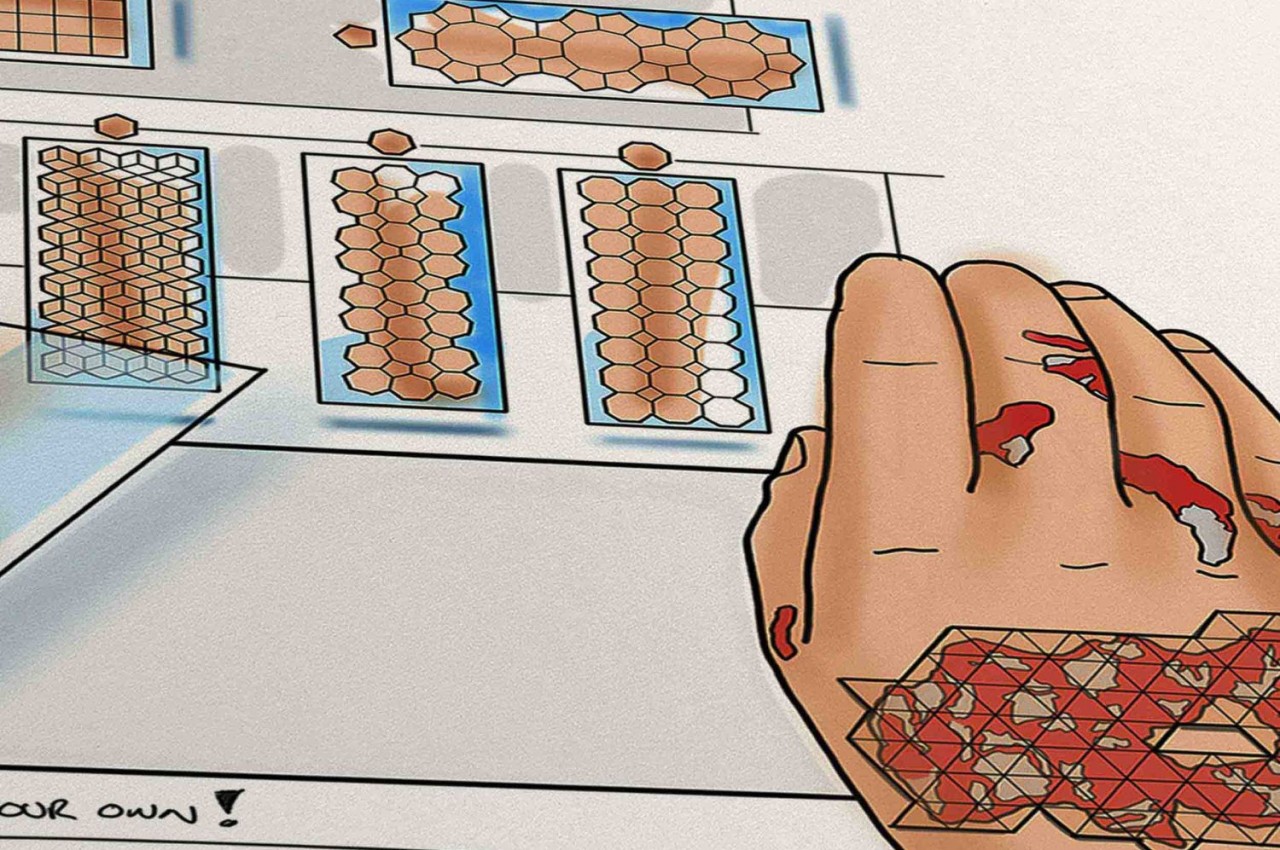

Psoriasis patients often feel more than just the discomfort or pain brought about by their long-lasting condition. They also feel some level of hopelessness and anxiety from living with the disease. Treatments for psoriasis do exist, ranging from ointments to injections, but patients still have to endure the sight of their disfigured skin while that treatment is still ongoing. Worse, they can’t cover up those affected patches of skin, at least not without unfavorable consequences in the long run.
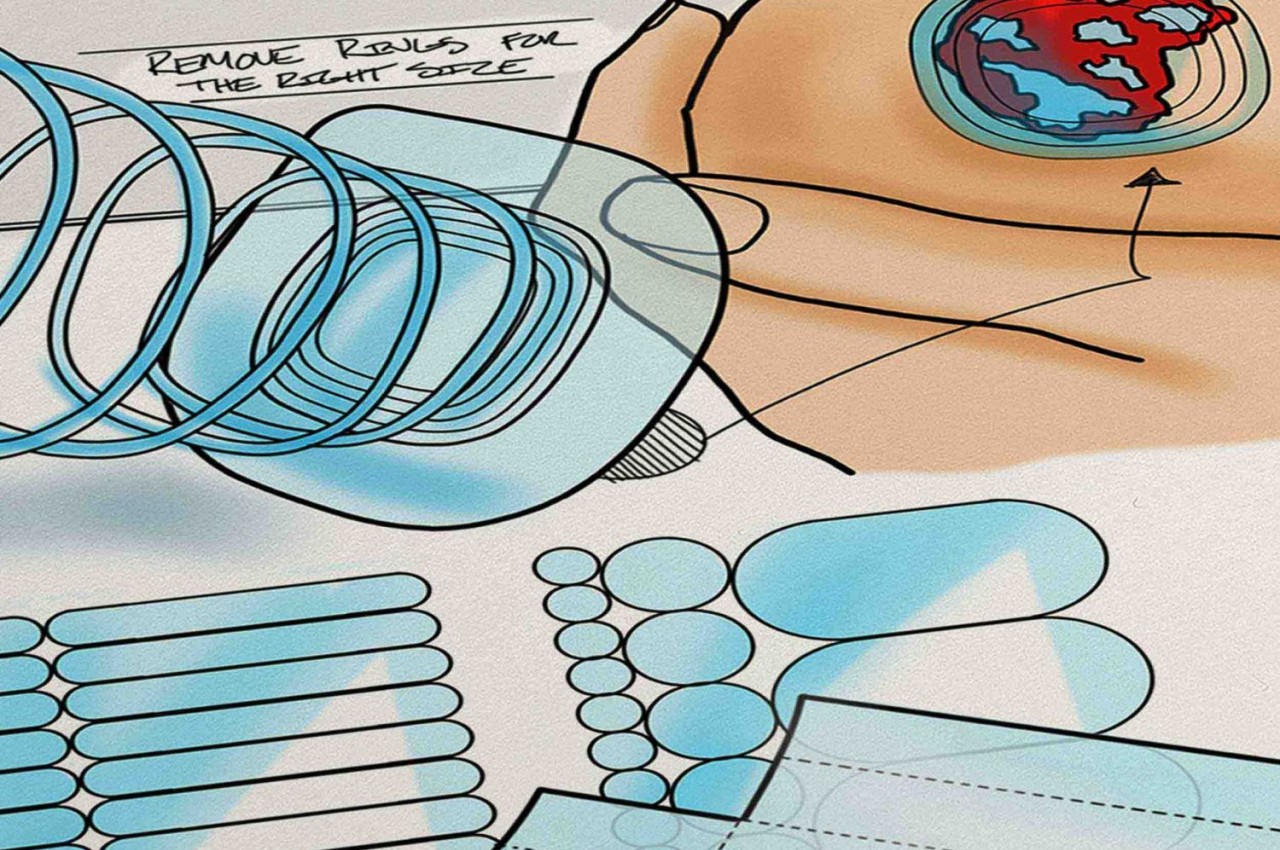
The 3M Psoriasis Prescription Patch design tries to alleviate patients’ suffering by hitting two birds with one stone. For one it’s a medical-grade skin wearable that easily lets people apply the patches in affected places, and although the prototype is shown to have a transparent or translucent surface, it’s not hard to imagine 3M applying its technologies and patents to make the patch seemingly blend with the skin or cover up those areas with more aesthetic designs.


More importantly, the patches can actually administer medicine to the skin, making it trivial to apply the right amount of dosage needed for treatment. In other words, these are patches you will actually have to wear to get better, which will hopefully help increase the patient’s confidence while undergoing treatment. The patches also employ a perforated honeycomb design that makes it easier to tear off sections to match the specific shape of the area that needs to be covered. Perhaps it can even be used to create interesting patterns that call attention to the patch in a more favorable way.
On the surface, it doesn’t seem like a medical patch is something ground-breaking, but it’s an innovation that puts a paradigm shift in dermatological treatment. Rather than just the application of medicine, it focuses on the effects the processes have on the mental and emotional well-being of the patients. And with a disease that everyone will be able to see, it’s even more important to take a human-centered design approach that will not only heal people’s skins but also their spirits.
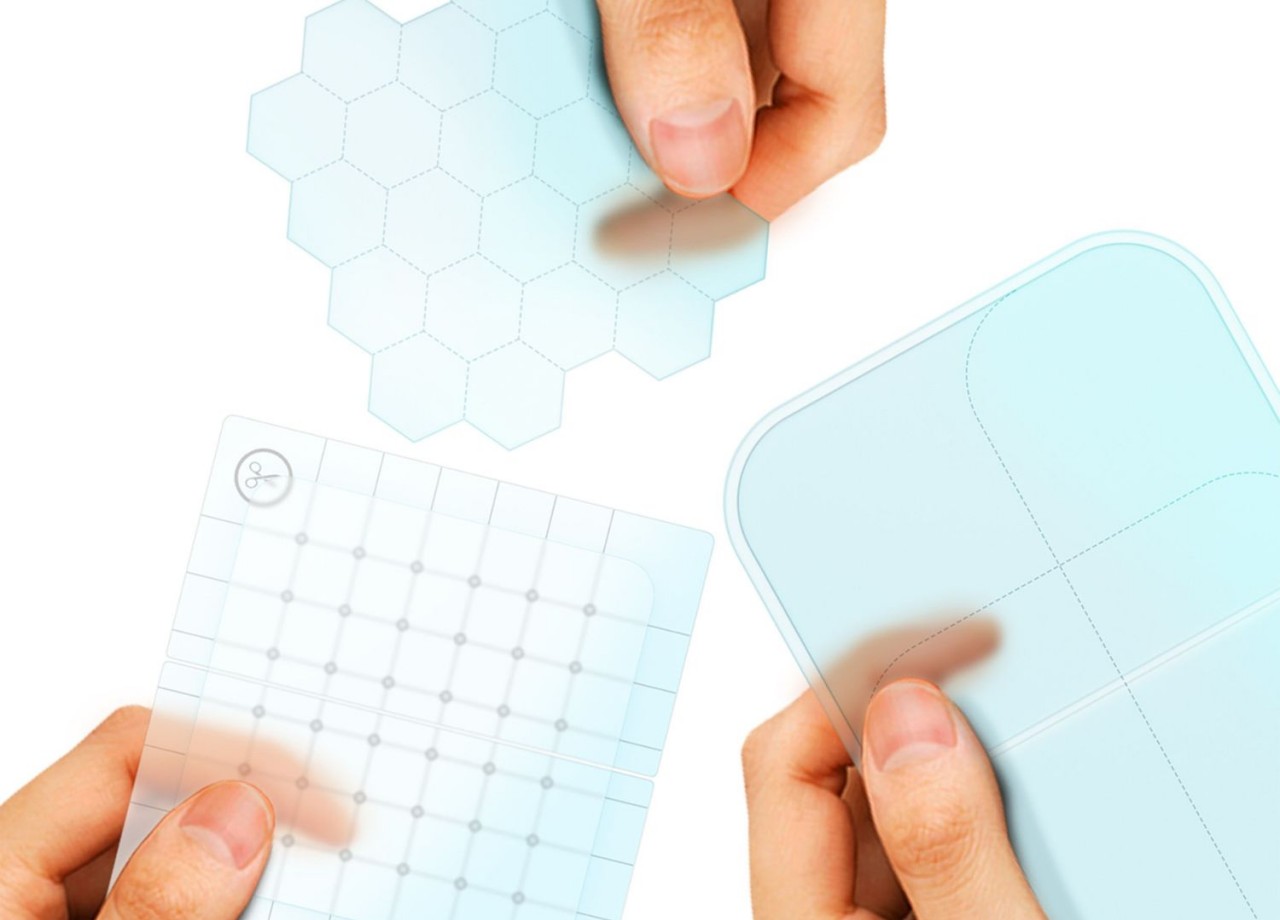
The post Transparent skin patches promise psoriasis patients better human-centered treatment first appeared on Yanko Design.



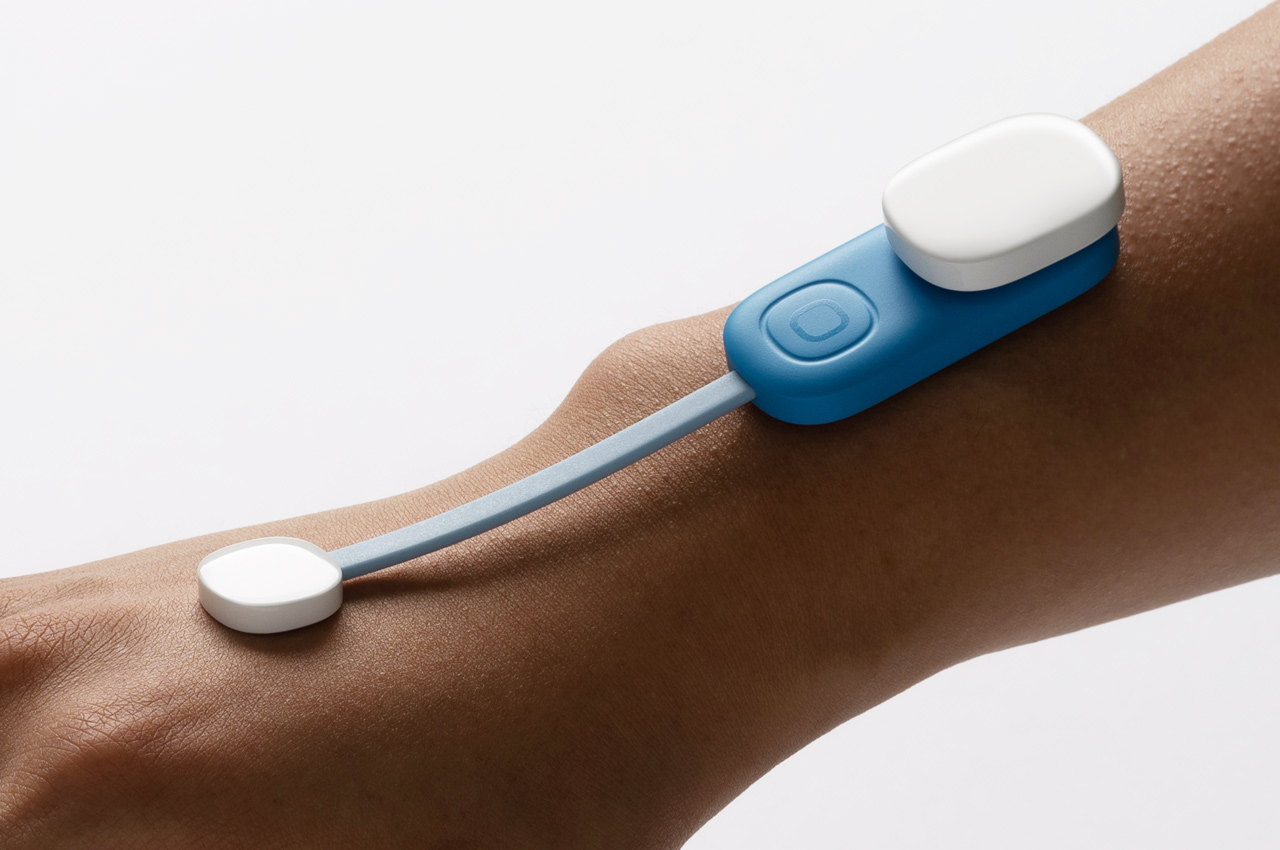
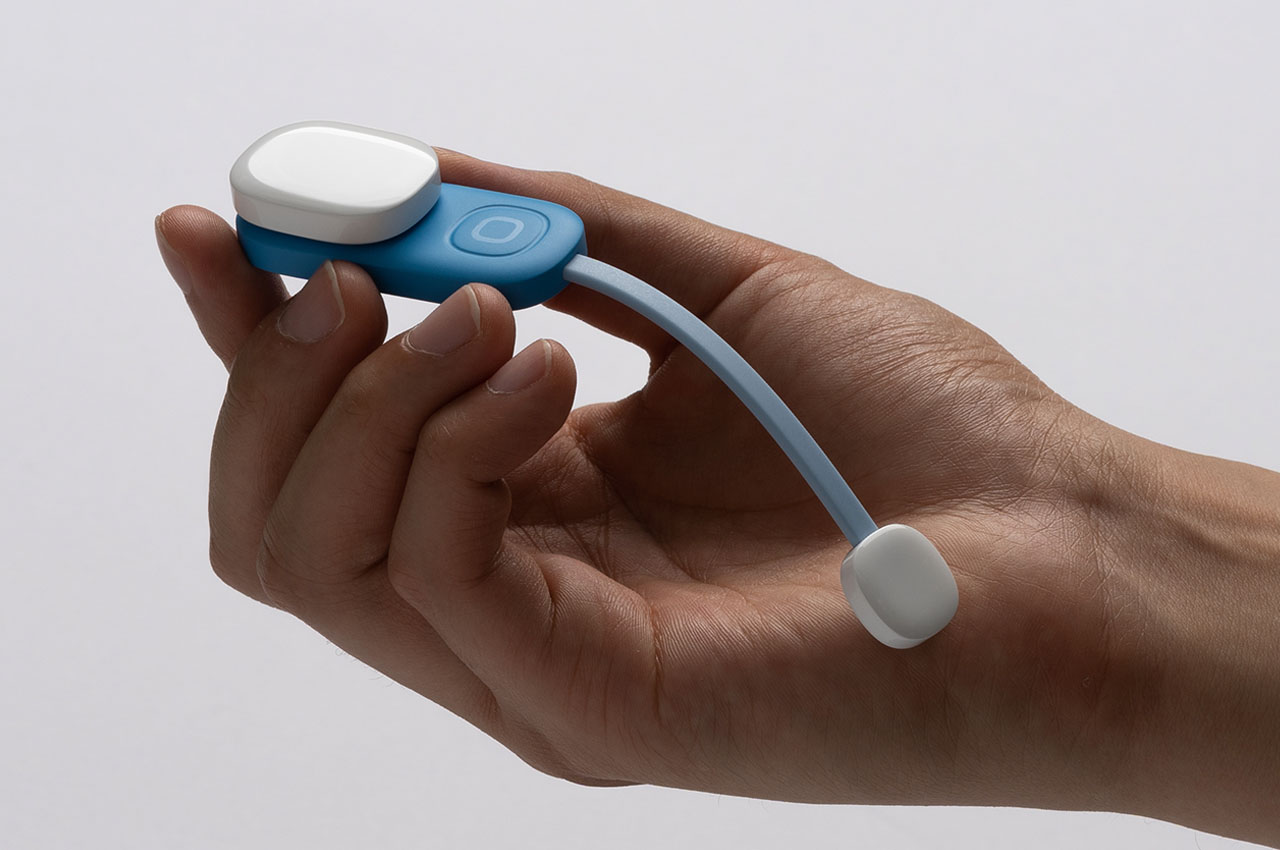
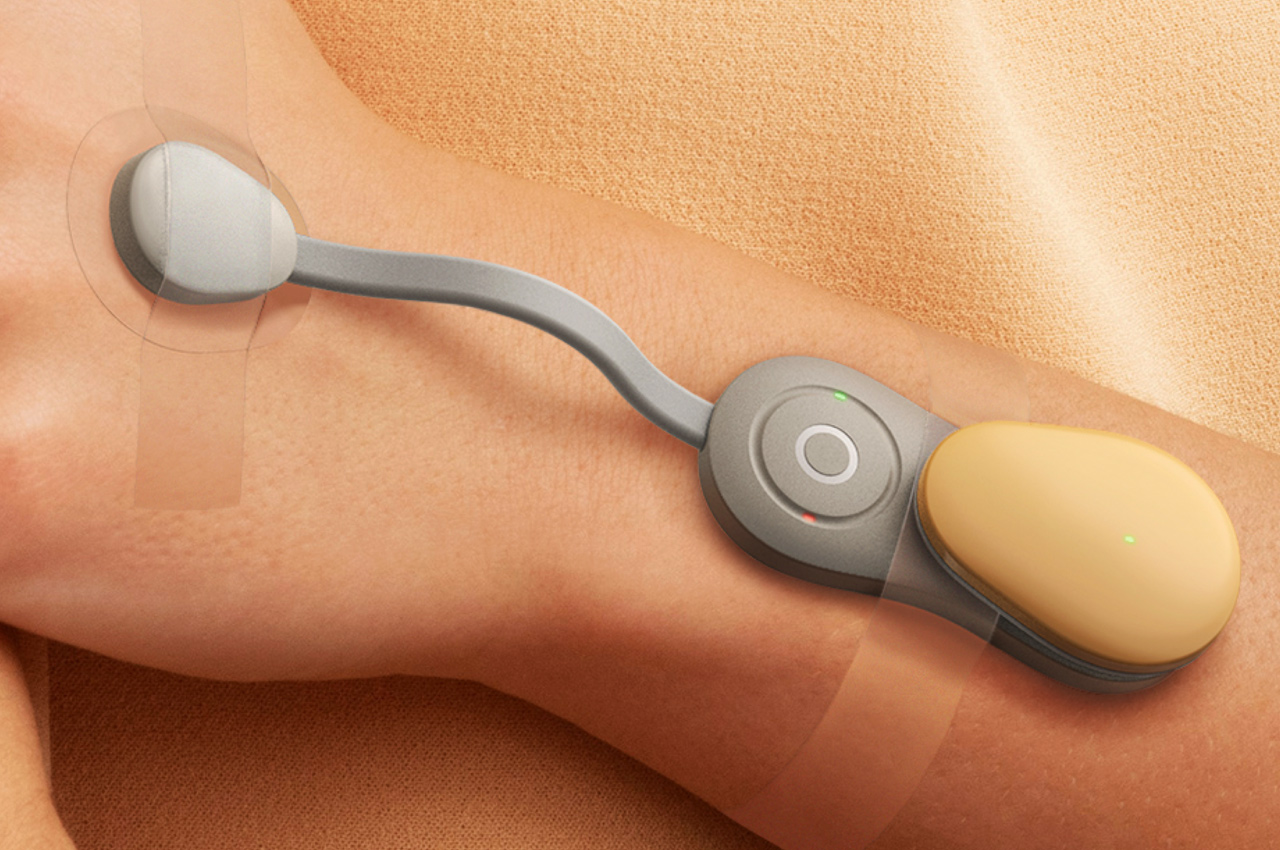
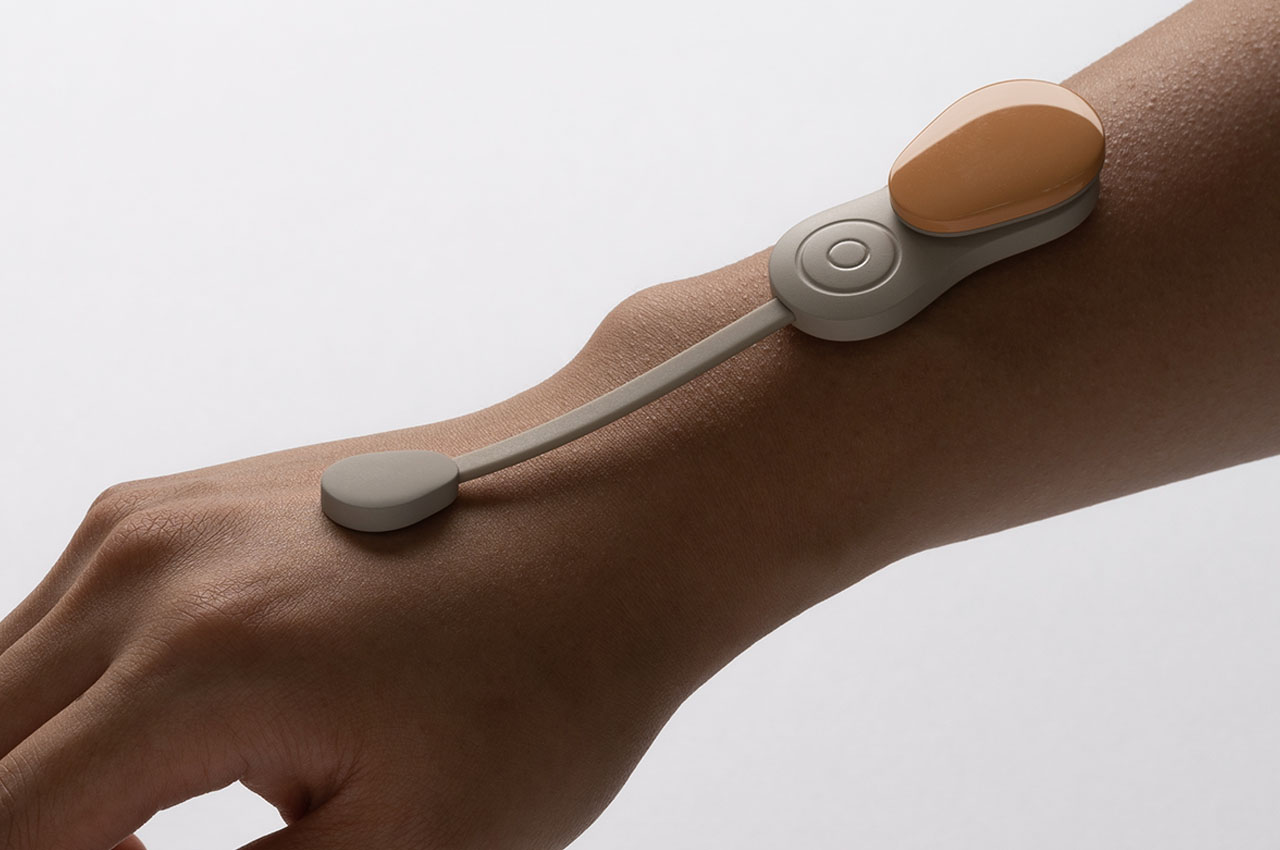
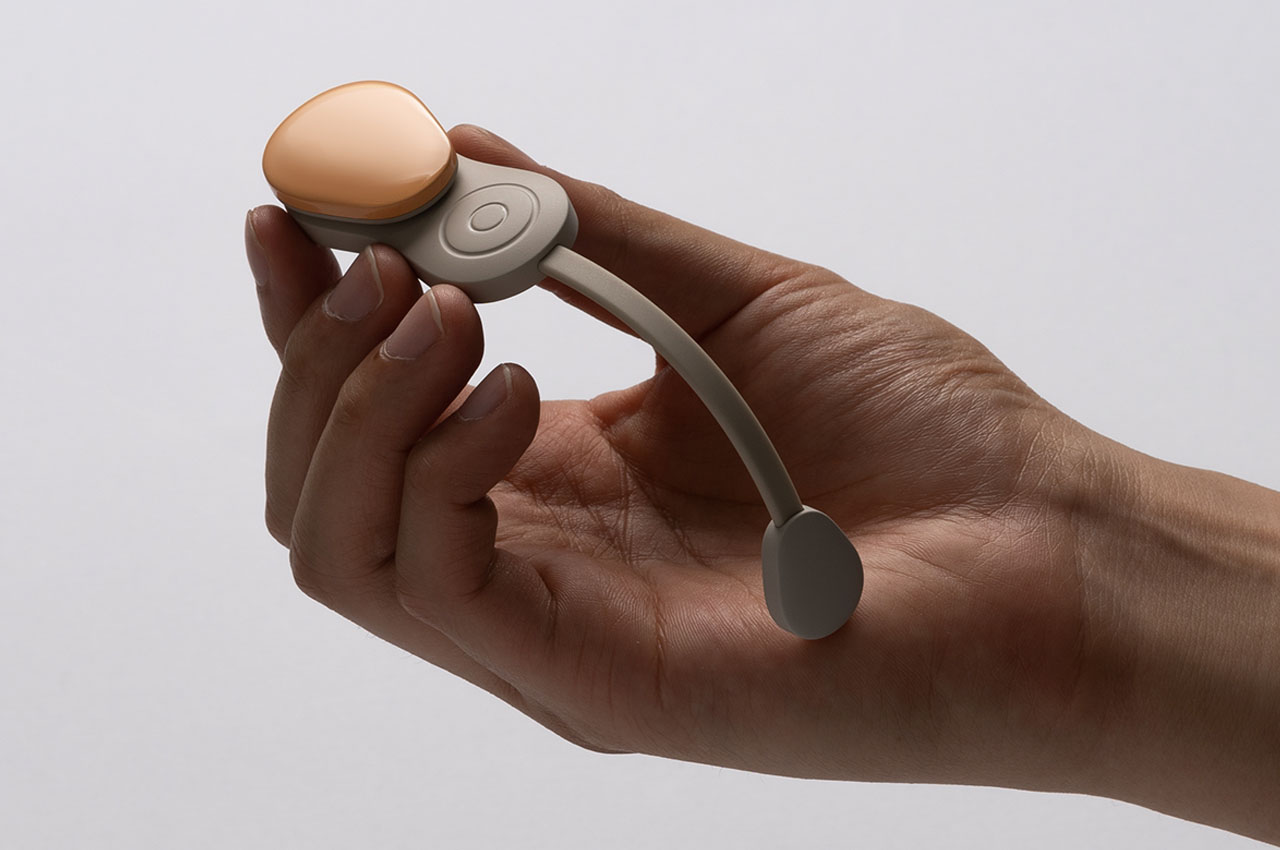
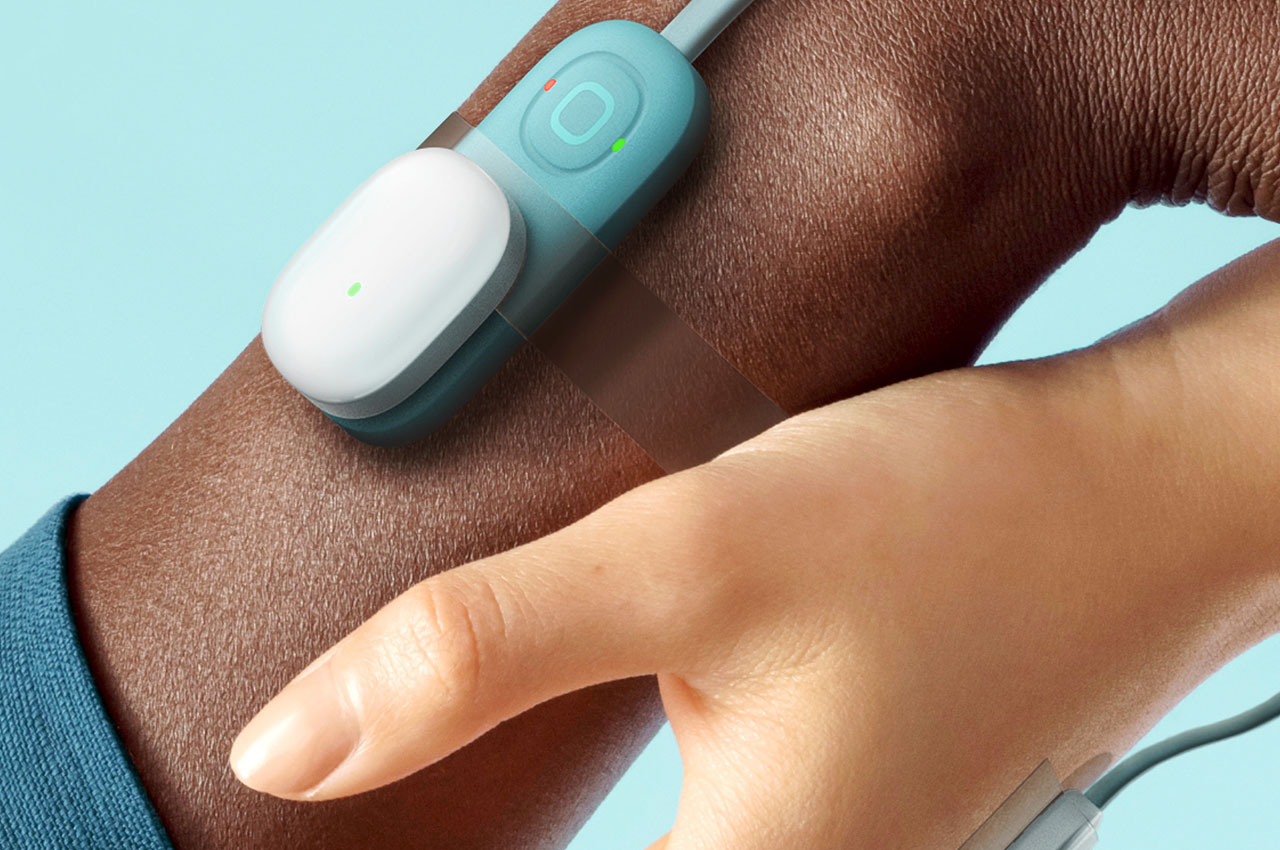
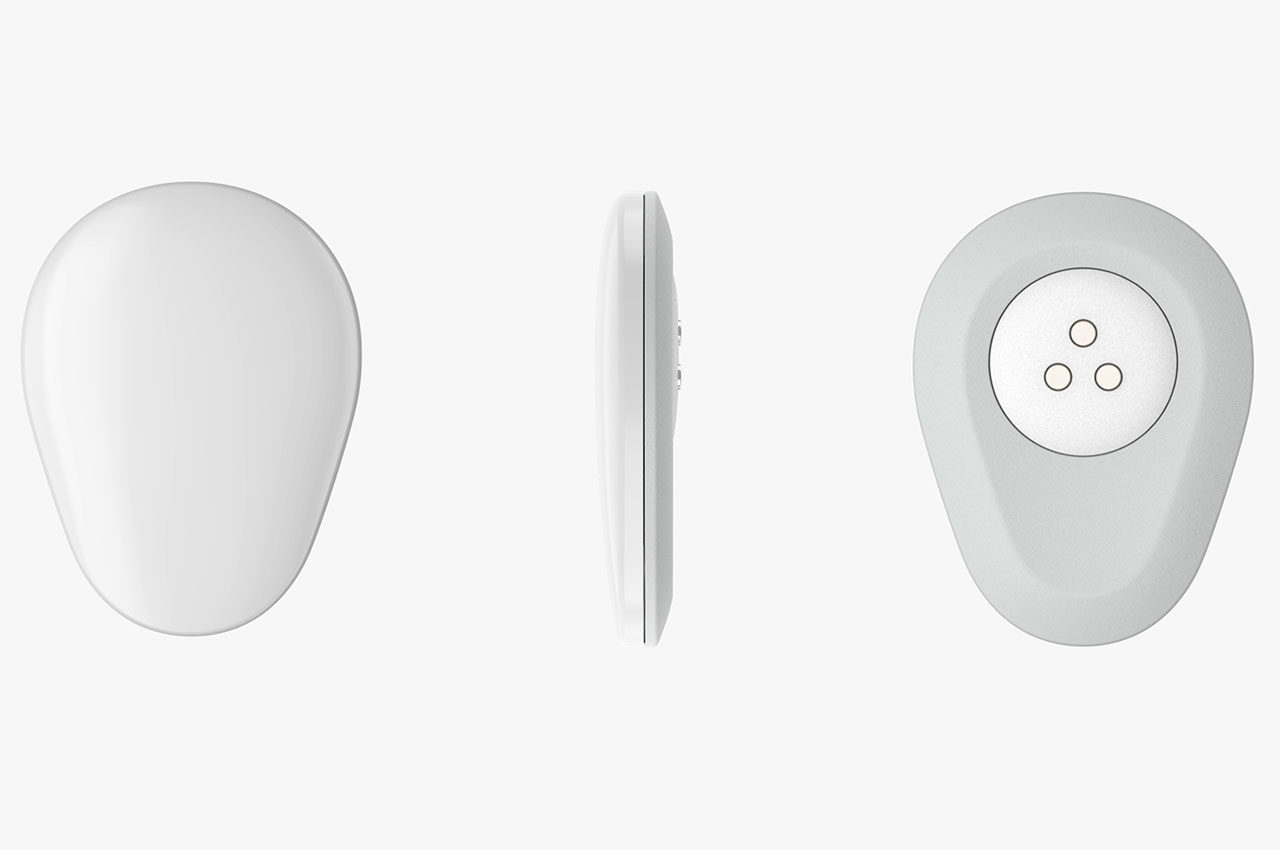
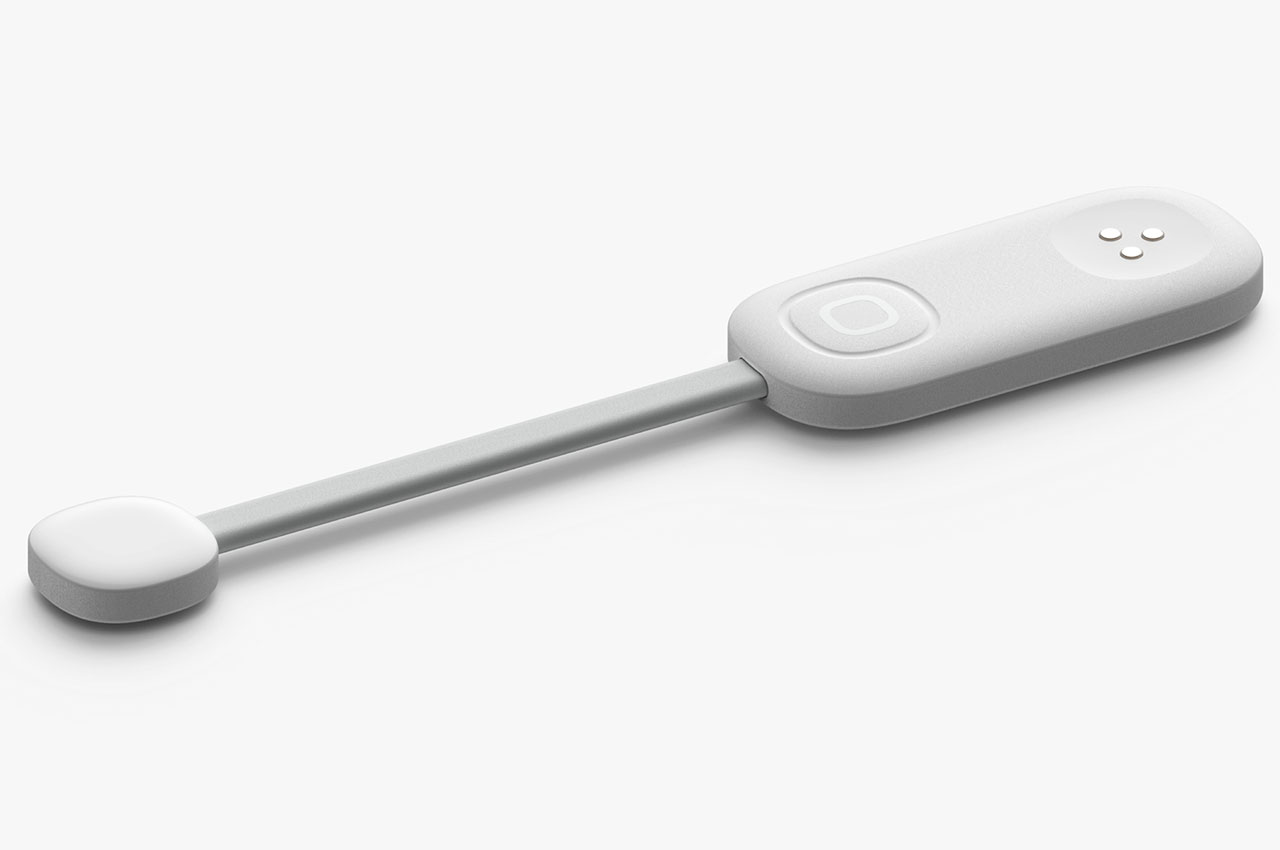
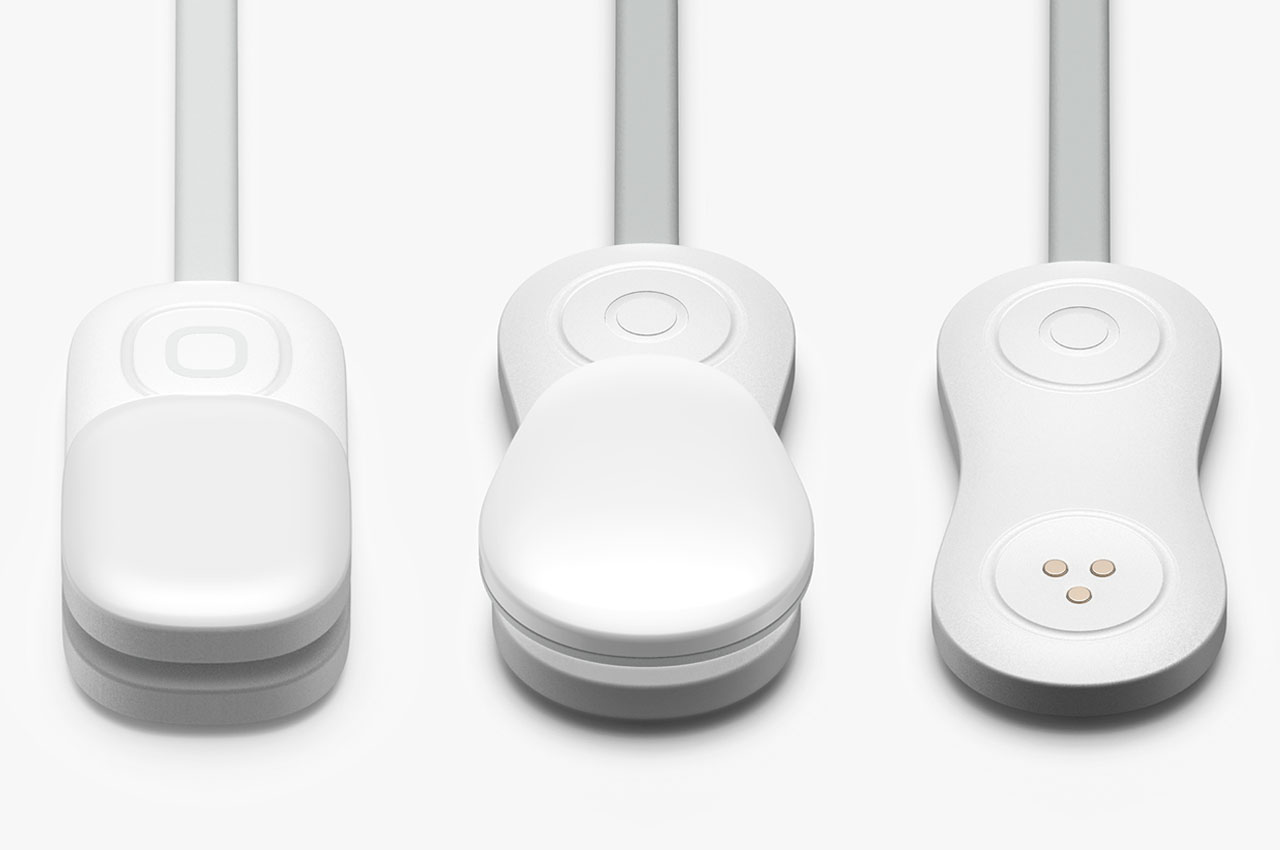
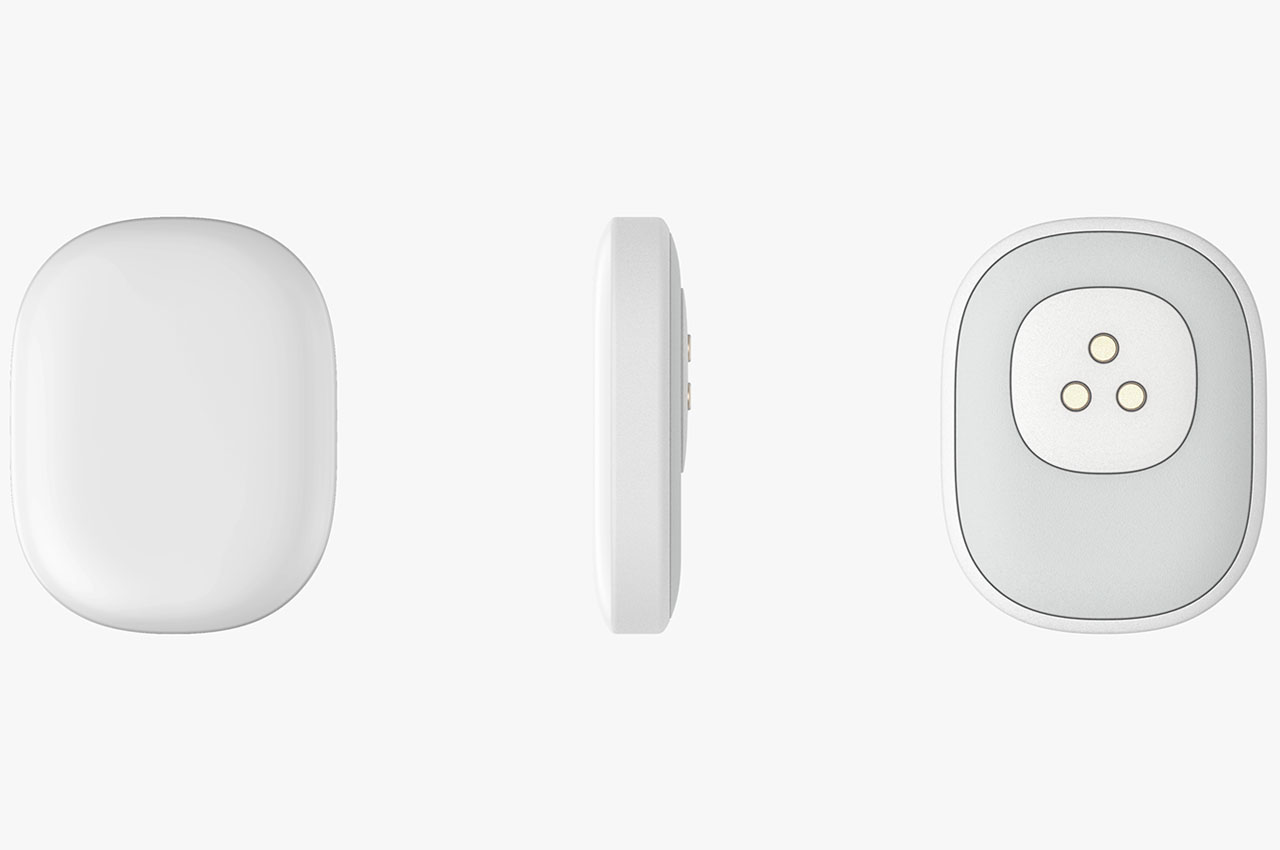
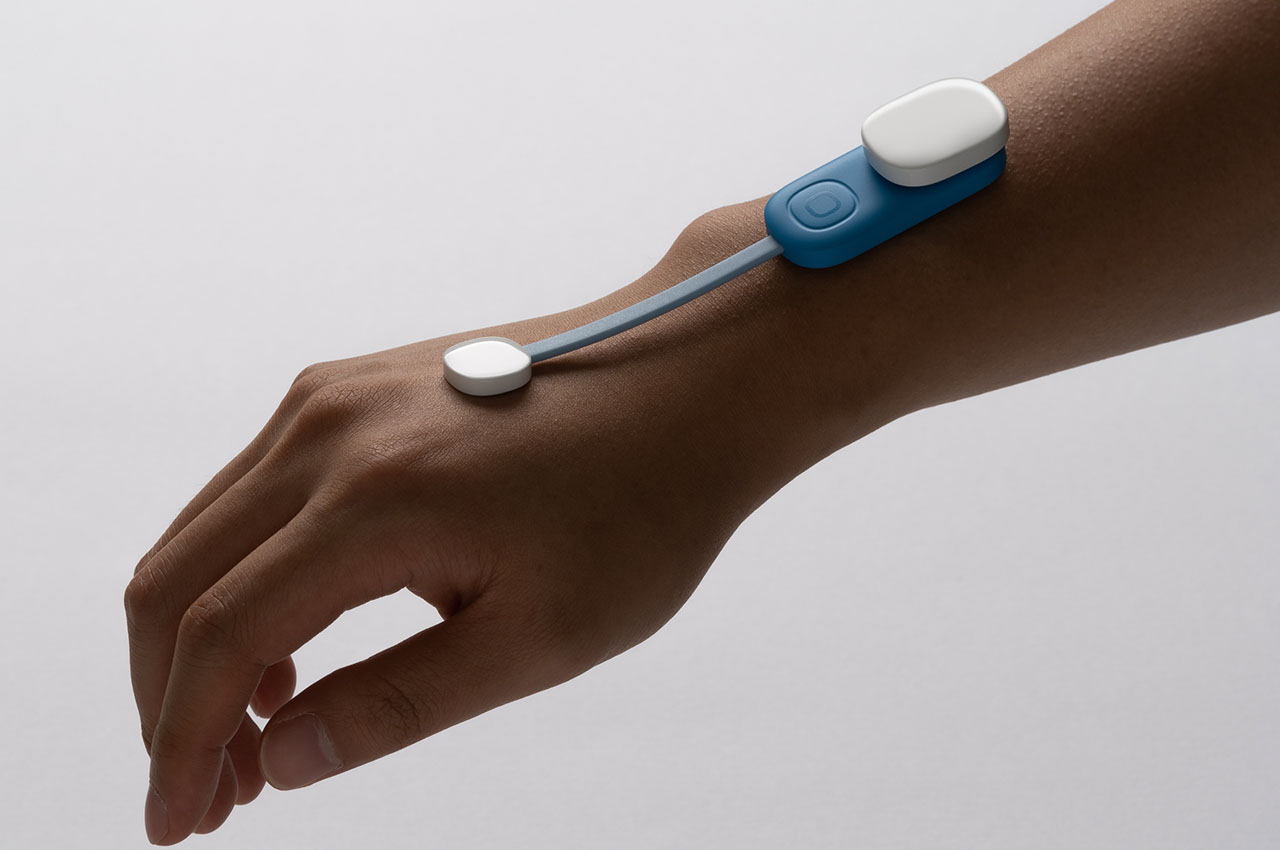
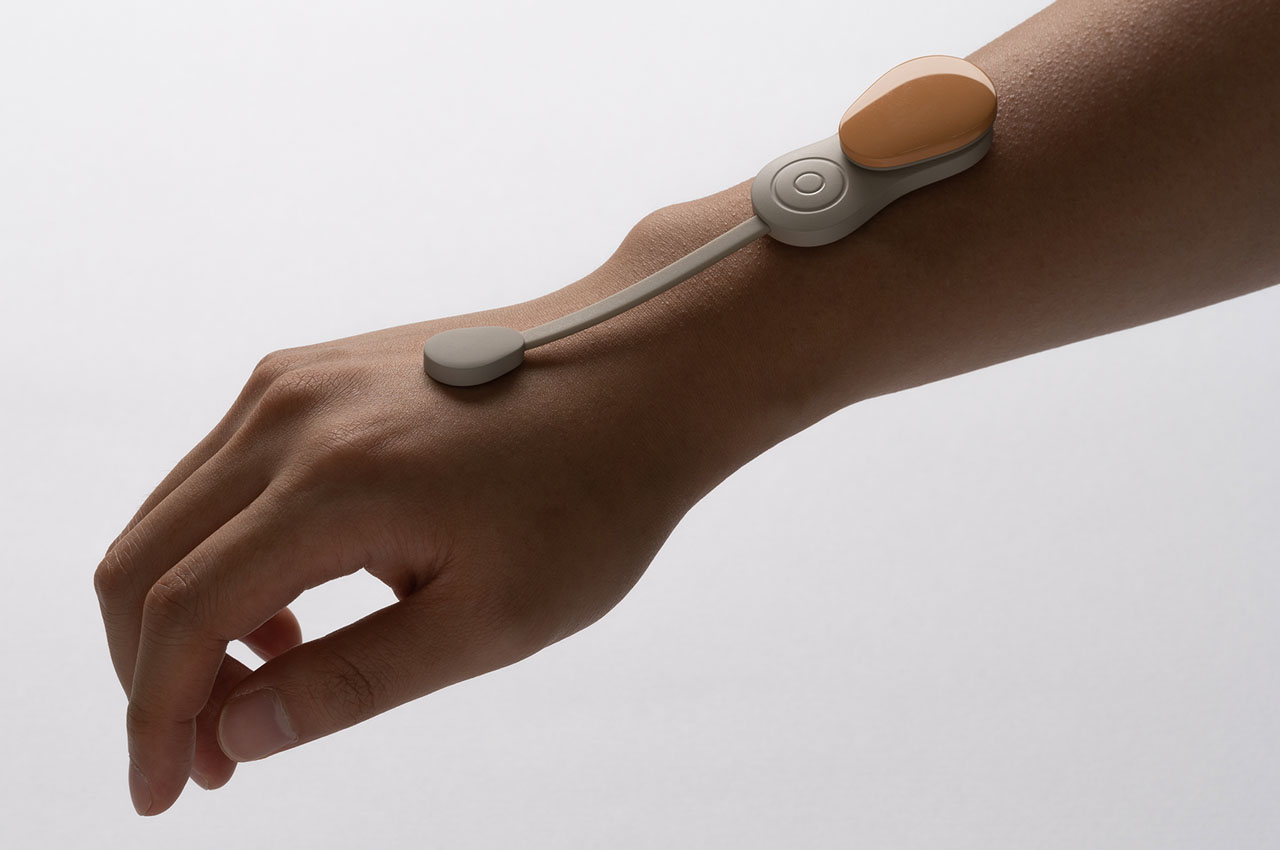
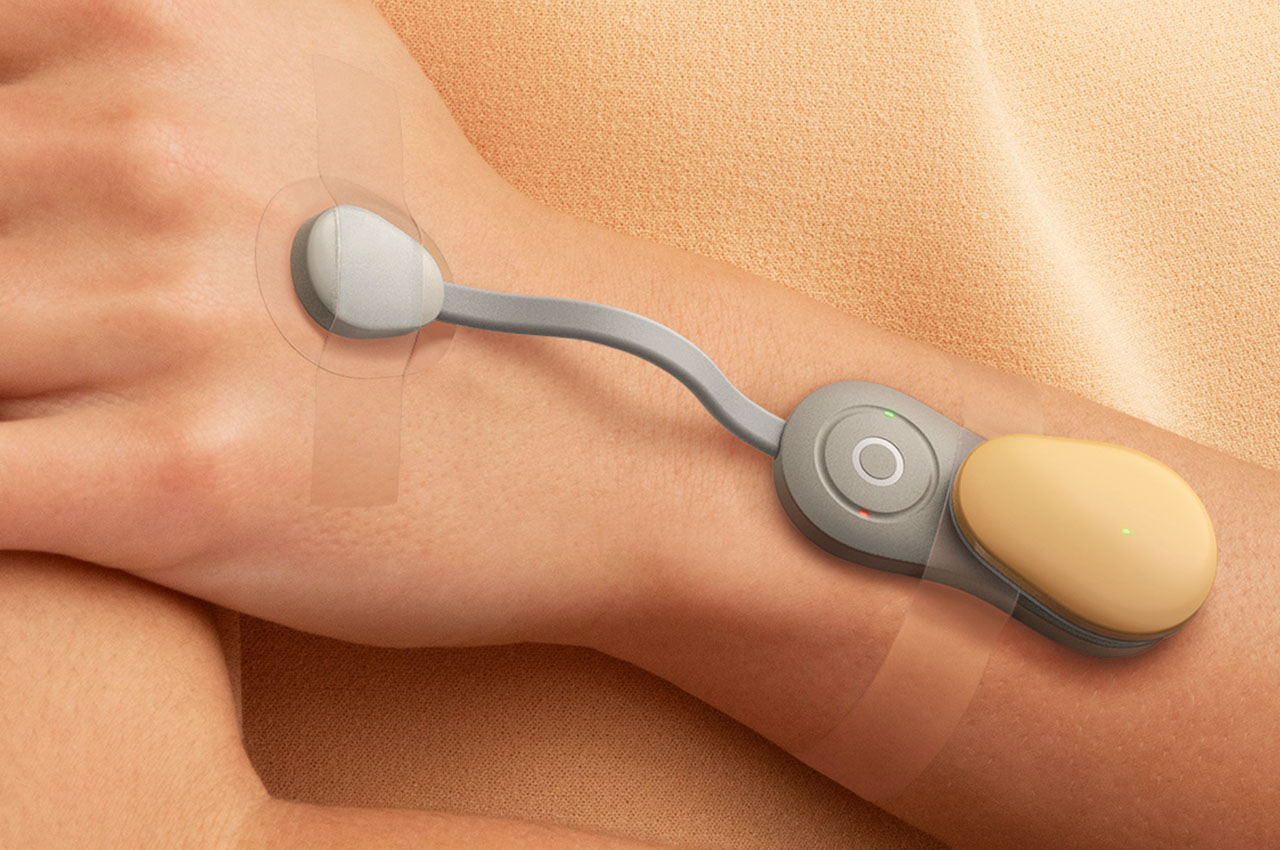












 A drug designed entirely by artificial intelligence is about to enter clinical human trials for the first time. The drug, which is intended to treat obsessive-compulsive disorder, was discovered using AI systems from Oxford-based biotech company Exsc...
A drug designed entirely by artificial intelligence is about to enter clinical human trials for the first time. The drug, which is intended to treat obsessive-compulsive disorder, was discovered using AI systems from Oxford-based biotech company Exsc...
 Microsoft's deepening health tech strategy now includes a significant commitment to AI. The company is starting a $40 million AI for Health program that should help researchers and key organizations improve the quality of life for people around the...
Microsoft's deepening health tech strategy now includes a significant commitment to AI. The company is starting a $40 million AI for Health program that should help researchers and key organizations improve the quality of life for people around the...
 IBM is using its AI-based health prediction skills to help tackle the challenge of Huntington's disease. The tech firm has teamed up with CHDI Foundation on an artificial intelligence model that can predict when patients will experience Huntington's...
IBM is using its AI-based health prediction skills to help tackle the challenge of Huntington's disease. The tech firm has teamed up with CHDI Foundation on an artificial intelligence model that can predict when patients will experience Huntington's...
 A new blood test could use a single plasma sample to assess health and predict the likelihood of developing a range of diseases. Thanks to Theranos, this may sound familiar, but unlike that debacle, this proof-of-concept is backed by research publish...
A new blood test could use a single plasma sample to assess health and predict the likelihood of developing a range of diseases. Thanks to Theranos, this may sound familiar, but unlike that debacle, this proof-of-concept is backed by research publish...
 It might soon be possible to catch eye diseases using just the phone in your pocket. Researchers have developed a CRADLE app (Computer Assisted Detector of Leukoria) for Android and iOS that uses machine learning to look for early signs of "white ey...
It might soon be possible to catch eye diseases using just the phone in your pocket. Researchers have developed a CRADLE app (Computer Assisted Detector of Leukoria) for Android and iOS that uses machine learning to look for early signs of "white ey...